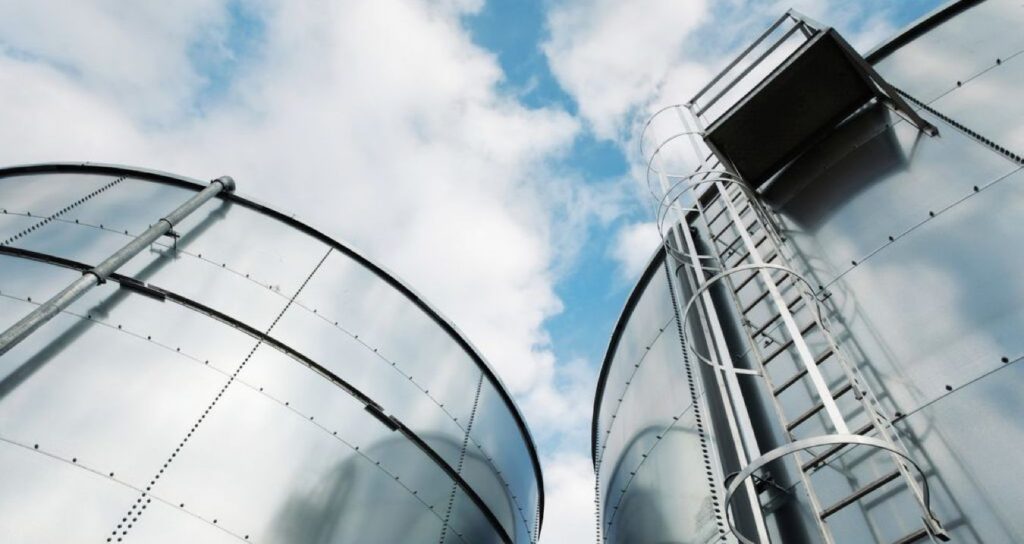Nickel 201

Material Data Sheet
Nickel 201 only differs from Nickel 200 by its carbon content (.02% max in Ni 201 versus .15% max in Ni 200). This slight drop in carbon allows Nickel 201 to be utilized in higher temperature applications (over 600°F) to prevent embrittlement by inter-granular carbon at such elevated temperatures. Nickel 200 is virtually immune to intergranular attack above 315 degrees C but chlorates must be kept to a minimum.
Nickel 201 exhibits outstanding resistance to caustic alkalis up to and including the molten state. In acid, alkaline, and neutral salt solutions the material shows good resistance, but in oxidizing salt solutions, a severe attack will occur.
Other useful features of Nickel 201 are its magnetic and magnetostrictive properties, low gas content, and low vapor pressure. The chemical composition is shown below. The corrosion resistance of Nickel 201 makes it particularly useful for maintaining product purity in the handling of foods, synthetic fibers, and caustic alkalies, but also in structural applications where resistance to corrosion is of primary consideration.
| Element | Content (%) |
|---|---|
| Nickel, Ni | 99.0 |
| Iron, Fe | ≤ 0.40 |
| Manganese, Mn | ≤ 0.35 |
| Silicon, Si | ≤ 0.35 |
| Copper, Cu | ≤ 0.25 |
| Carbon, C | ≤ 0.02 |
| Sulfur, S | ≤ 0.010 |
| Properties | Metric | Imperial |
|---|---|---|
| Density | 8.89 g/cm3 | 0.321 lb/in3 |
| Melting Point | 1435-1446°C | 2615-2635°F |
| Properties | Metric | Imperial |
|---|---|---|
| Tensile Strength (annealed) | 403 MPa | 58500 psi |
| Yield Strength (annealed) | 103 MPa | 14900 psi |
| Elongation at Break (annealed prior to test) | 50% | 50% |

- Synthetic fibers
- Food processing equipment
- Drums to transport chemicals
- Rocket motors
- Piping and equipment used in conjunction with alkalis
- Handling of foods
- Aerospace and missile components
- Manufacture of sodium hydroxide (particularly at a temperature above 300C)
- Production of viscose rayon. Manufacture of soap
- Analine hydrochloride production
- Chlorination of aliphatic hydrocarbons such as benzene, methane and ethane
- Manufacture of vinyl chloride monomer
- Reactors and vessels in which fluorine is generated and reacted with hydrocarbons
- Caustic evaporators
- Combustion boats
- Electronic components
- Plater bars
- ASME SB-160 – SB 163
- SAE AMS 5553
- DIN 17740
- DIN 17750 – 17754
- BS 3072-3076
- ASTM B 160 – B 163
- ASTM B 725
- ASTM B730
Key Words: ASME SB-160 – SB-163, Boiler Code Sections III, VIII, IX; SAE AMS 5553; DIN 17740, 17750 – 17754, Nickel, Ni, UNS N02201; BS 3072-3076 (NA12); ASTM B 160 – B 163, B 725, B730, Werkstoff Nr. 2.4061, 2.4068; VdTUV 345



